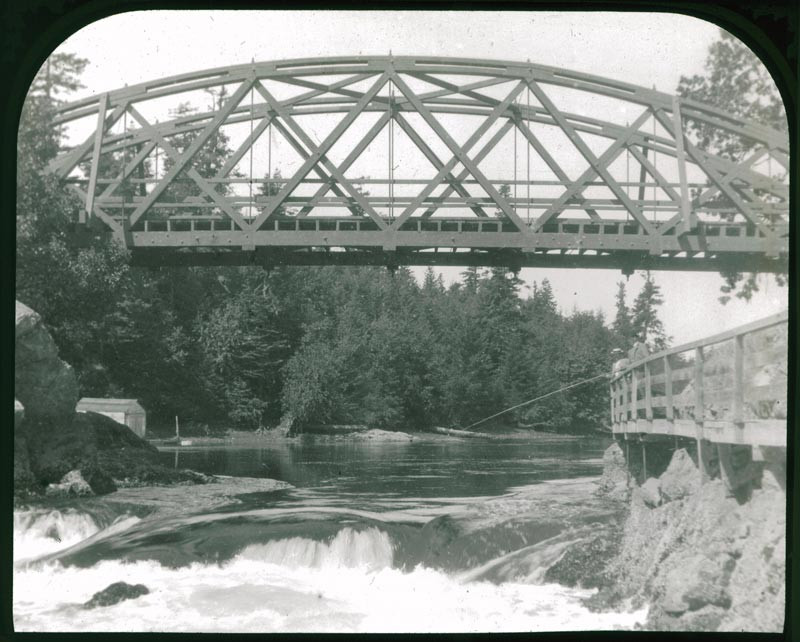Camosun College respectfully acknowledges that our campuses are situated on the territories of the Lək̓ʷəŋən (Songhees and Kosapsum) and W̱SÁNEĆ peoples. We honour their knowledge and welcome to all students who seek education here.
Where we learn
Camosun College serves the communities of southern Vancouver Island and the south Gulf Islands that are located on the Traditional Territories of the Lekwungen (Esquimalt and Songhees), Malahat, Pacheedaht, Scia'new, T’Sou-ke and W̱SÁNEĆ, (Pauquachin, Tsartlip, Tsawout, Tseycum) peoples. See a map of the Traditional Territories in BC.
The college was established in 1970 and in 1971 the college councillors voted on a name change. "Camosun" (pronounced Cam-O-sun) was chosen, as it was an early name for Victoria. It is originally a Lekwungen name for an area of Victoria where different waters meet and are transformed.
The Legend of Camossung
Reproduced with permission of Cheryl Bryce, Songhees Nation
After the flood, the transformer, Haylas, was travelling with Raven and Mink teaching the people how things were to be done.
They found a young girl, named Camossung and her grandfather. She was crying, so Haylas asked her why. She answered, "My Father is angry with me and will not give me anything to eat."
Haylas asked her if she liked sturgeon, and when she answered "no" he threw the sturgeon to the Fraser River. That is why there are sturgeon there and not here. He asked her if she liked cranberries and when she answered "no" he threw them to Shawnigan Lake. That is why there are cranberries there now.
She refused many things but duck, herring, coho, and oyster she accepted, and that is why these were plentiful on the Gorge waterway. Because she was greedy, Haylas told her she would look after the food resources for her people and he turned her and her grandfather into stone.
Camossung is still a guardian and sits in the Gorge near what is now Tillicum Road.
